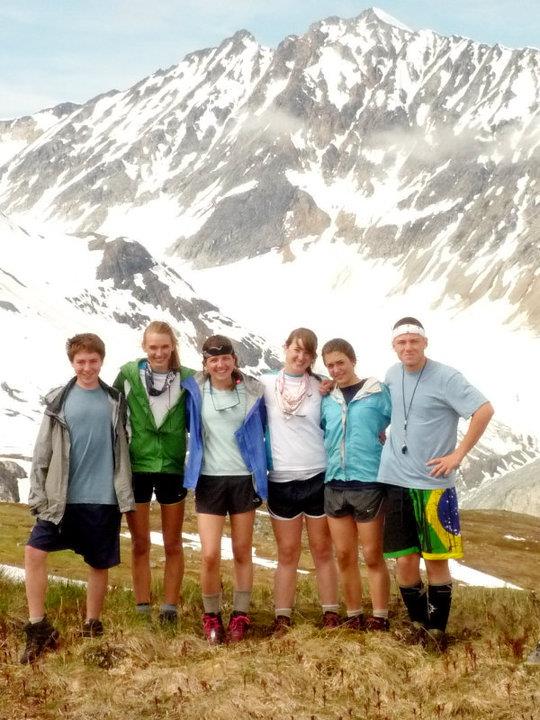I have always loved the outdoors, and grew up spending a lot of time in the woods, in the ocean, or on the beach. I have been incredibly fortunate to be able to experience nature on a daily basis, and am very thankful for those opportunities. Spending time outside makes me happy, puts me at peace, and enables me to think clearly. I have gotten to know many of my best friends while on outdoor expeditions, and the bonds I have formed while in the woods tend to be stronger than those formed in the classroom or in town.
Prior to this project, however, I was ignorant. I did not realize how privileged I am. It did not occur to me how difficult it can be for some children to get outside – rather, I assumed that it was somehow possible for everyone to get outside and experience nature in the same way I did while growing up. As someone who has never lived in a city, I was oblivious to the lack of green spaces in cities and the multitude of barriers that prevent inner city youth from spending time outside.
In recent years, I have developed a passion for introducing others to the joys of nature through outdoor education. Prior to completing this project, however, I had not thought about where or who to teach. After learning about the challenges and promises inherent to urban outdoor education, however, I hope to one day be able to bring inner city youth outside myself.
While there are many organizations that work to bring students into nature, there are not many aimed specifically at urban students. Programs such as the National Outdoor Leadership School, Outward Bound, and Wilderness Ventures offer outdoor recreation trips to students that cost thousands of dollars per week.1 While they offer some scholarships, the majority of their students are upper-class and white. Moreover, due to budget cuts and an emphasis on standardized testing, few schools have the resources or time to incorporate outdoor education into their curriculum. Coupled with a lack of access to green spaces and the high cost of outdoor gear and park permits, urban youth have few opportunities to spend time in nature.
To address these problems, several grassroots organizations have sprung up in cities. These programs are all based in specific communities and were started by dedicated local community members. Some operate within schools, educating teachers about ways in which they can include outdoor and environmental education in their lessons or offering low cost field trips to urban youth. Other organizations operate outside of the school realm, partnering with low-income housing projects or programs such as Big Brothers Big Sisters to offer students after-school, weekend, or summer trips. School affiliated programs tend to be more academically oriented, and often strive to educate students about environmental issues and natural science. With an emphasis on hands-on experiences, outdoor education can be a powerful way to introduce students to the sciences and allow students to grow as environmental stewards. Programs not affiliated with schools tend to be more focused on teaching youth ‘hard skills’ such as how to ski, sail, canoe, or hike.

City Surf is an organization that teaches urban youth how to surf after school and on weekends.5
Regardless of their emphasis, urban outdoor education grassroots programs strive to provide students with a fun and safe way to experience the outdoors. Most organizations emphasize personal growth and hope to empower their students by broadening their horizons and introducing them to novel and exciting activities in the outdoors. Relationship building experiences, problem solving skills, and goal setting are often incorporated into programs. As a result, students are taught skills while in the outdoors that can later be applied to their home lives.
While many programs work to bring inner city youth outside, there is a scarcity of organizations that incorporate youth activism into their missions. Some programs help students organize rallies and petitions at their schools and in their communities in order to increase the number of outdoor education opportunities available to urban youth, but it is less common than I originally expected. Since outdoor recreation tends to be expensive and require a lot of organizational effort, it may be that the activism piece gets left behind simply out of necessity. Grassroots organizations tend to be small and based on volunteer involvement, thus limiting the amount of work they’re able to accomplish. Nevertheless, these programs are effective and powerful agents of change, empowering and educating youth. Like with most things, there is always more that can be done, and my hope is that the next generation of educators will continue down this path towards a greener and more nature-based education for all students.

